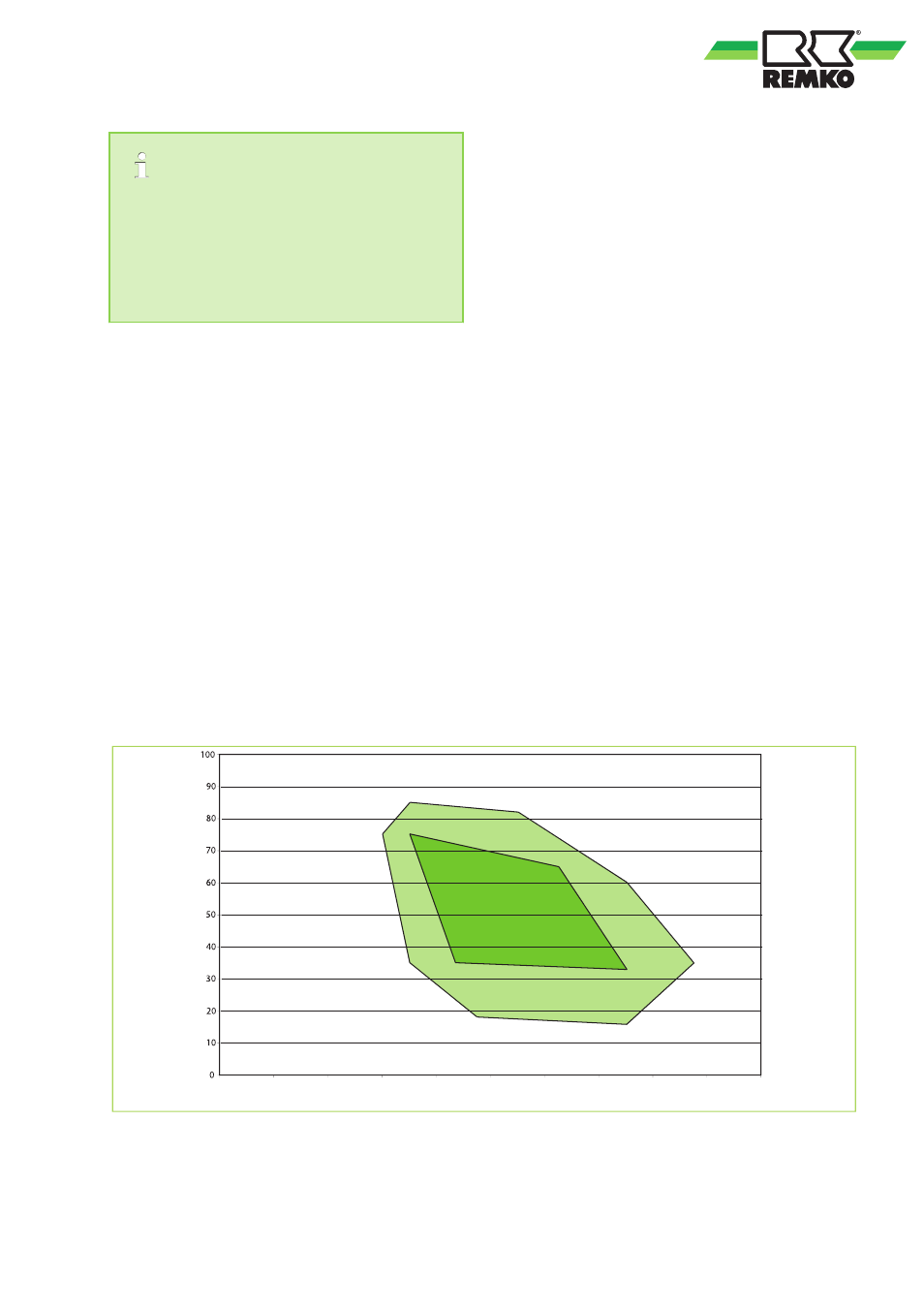REMKO HTS 90 ALU User Manual
Page 33

Thanks to innovative inverter technology, this
heat pump will almost always operate by
adapting its heating capacity to the actual
requirements of the heating season, and will in
fact turn itself off when heat is no longer
needed. The same applies in the opposite
direction with cooling.
Defrost by circulation reversal
At temperatures below about +5°C, humidity
freezes in the evaporator (outdoor module) and an
ice layer can form which reduces heat transfer
from the air to the refrigerant and to the air stream.
This layer of ice must be removed. A four-way
valve serves to reverse the refrigerant circuit, so
that the hot gas from the compressor flows through
the original evaporator and the ice that has formed
there can melt. The defrost process is not initiated
after a predetermined time; rather it is carried out
as required in order to save energy.
Cooling mode
Because of circuit reversal, cooling is also pos-
sible. In cooling mode, the components of the
refrigeration circuit are used to produce cold water
with which heat can be extracted from a building.
This can be accomplished with dynamic cooling or
passive cooling.
With dynamic cooling refrigeration power is trans-
mitted actively to the ambient air. This is under-
taken by means of water-based fan convectors. In
doing so, it is desirable that the inlet temperatures
are under the dew point, in order to transfer a
higher refrigerating capacity and to dehumidify the
indoor air.
The Passive cooling refers to the absorption of
heat via cooled floors, walls or ceiling surfaces. In
doing so, water-carrying pipes make the structural
sections into thermally effective heat exchangers.
In order to achieve this, the refrigerant temperature
has to lie above the dew point, in order to avoid the
formation of condensation. Dew-point monitoring is
required for this purpose.
We recommend dynamic cooling with fan convec-
tors, in order to achieve increased thermal per-
formance and in order to dehumidify the air on
muggy summer days. You will find corresponding
devices in the KWD, KWK and WLT-S series on
our website: "www.remko.de". The advantage here
is that dew point monitoring is not required.
The comfort zone in the illustration below shows
which values for temperature and humidity are
considered comfortable for people. This range
should ideally be met when heating or air-condi-
tioning buildings.
10
12
14
16
18
20
22
24
26
28
30
uncomfortably
humid
comfortable
still comfortable
uncomfortably
dry
Relative humidity in %
Room air temperature in °C
Fig. 11: Comfort zone
33
